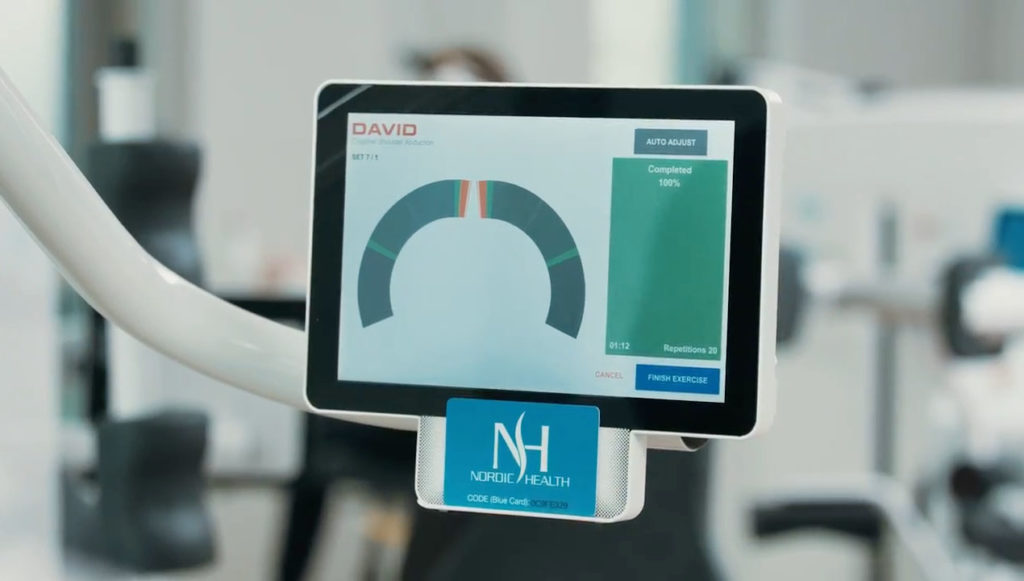Safety
Safety
For us safety represents much more than just the matters in quality certifications. Most devices today are safe in this sense. For us safety means that training should create positive results in your body and not negative effects, like strained muscles and hurting joints. A typical example of the latter are various back machines in commercial centers in which the biomechanical features are so poorly designed that people can easily overload or train completely wrong parts of the body creating more harm than good.Resistance curves
One of the main reasons for injury and discomfort in training is poorly designed resistance curves. Good example of this are the leg extension machines in the market. With way too light resistance in the first part of the movement, these devices tempt users to accelerate the movement and reach an area of overloading at the extended position by momentum creating a real danger especially in the eccentric portion with extended legs. Another example is the commonly used rubber band with internal and external rotation of the glenohumeral joint. The resistance of the rubber band increases when stretched while the strength actually decreases during the movement. This causes strain in the joint while the training effect is very poor. Safety for muscles and joints can be secured by using correct resistance curves, which perfectly match muscles’ capacity at every point of the movement and take into consideration other factors like the stretch-shortening-cycle and disproportionate fatigue, which are covered more closely in the “Efficiency” section.
Joint alignment
One would think that joint alignment is a pretty straightforward matter, but this is not the case. A common mistake in device design is to align the joint visually where the joint is, but there is much more to it. In a dynamic movement the center point of the joint can be far away from the static joint location. A good example of this is the horizontal abduction or adduction (peck deck) of the shoulder joint. Most devices in the market position the axis points at the shoulder width, but in reality the axis points should be close to 10 cm narrower to each other. The simple reason for this is that in this exercise also the shoulder joints themselves make an arch during the exercise and the “virtual joint” is between the shoulder joint and the medial connection of the collar bone. By carefully analyzing the correct “virtual joint” positions of each device, David has been able to create dynamically safe and comfortable exercises enabling training for people with various joint and muscle related problems.


Movement range
There is a considerable difference in the safe movement range with healthy persons and people with joint and muscle problems. A safe device is designed to serve both. With David the range of motion is controlled in two different ways:- RMA (range of motion adjustment) adjusts the starting point of the movement so that there is no load beyond a certain point.
- RMC (range of motion control) in which the colorful and clear EVE display shows both ends of the movement with green zones and the aim is to keep the movement between these zone and exceeding the zone results in red alarm.
